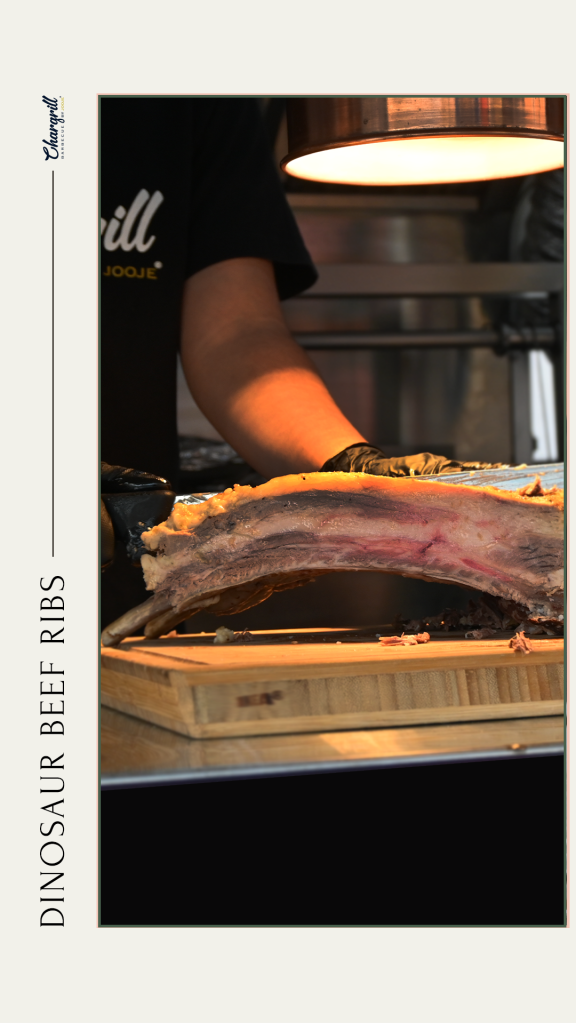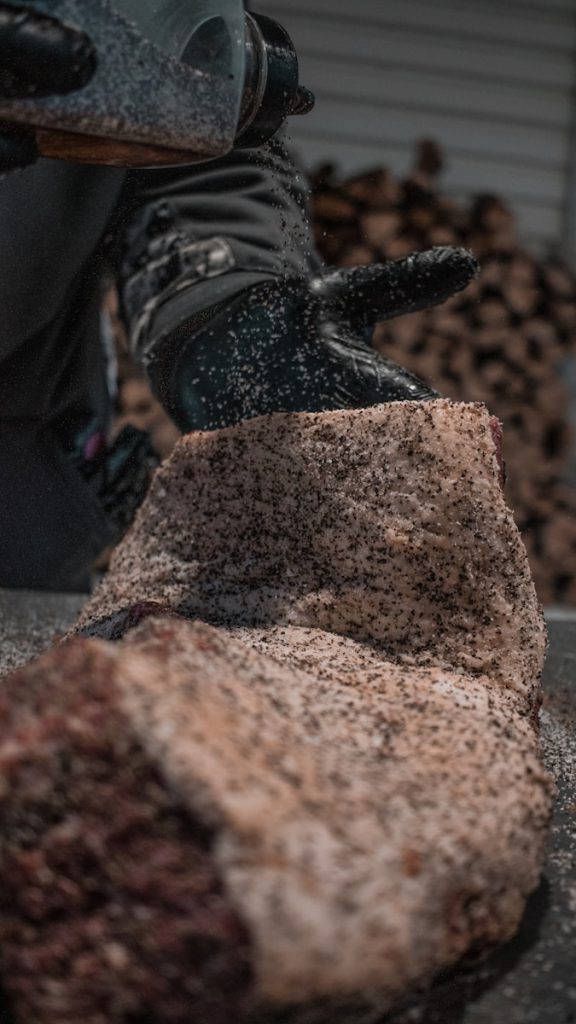The goal of this guide is to equip caterers with the knowledge and tools needed to handle waste responsibly and efficiently. From the initial planning stages to the final clean-up, every step of the process is outlined in detail to ensure that waste is minimized and managed in an environmentally friendly manner. By following these guidelines, caterers can not only comply with local regulations but also demonstrate their commitment to sustainability and customer satisfaction.
Importance of Waste Management in BBQ Catering
Managing waste and clean-up in on-site BBQ catering is essential for maintaining hygiene, ensuring environmental sustainability, and providing a pleasant experience for guests. This comprehensive article explores effective strategies and practical tips to manage waste and clean-up efficiently, covering the preparation, execution, and post-event stages of BBQ catering. BBQ events, whether large or small, generate a significant amount of waste, including food scraps, packaging materials, and disposable items. Without proper management, this waste can lead to hygiene issues, environmental damage, and negative guest experiences. Therefore, understanding and implementing effective waste management and clean-up strategies is crucial for any successful BBQ catering operation.
Proper waste management is crucial for several reasons:
- Health and Safety: Ensuring that waste is managed correctly prevents contamination and reduces health risks for both staff and guests. Food waste, if not handled properly, can attract pests and lead to the spread of diseases. Proper waste management practices, such as using covered bins and regular waste removal, are essential to maintaining a clean and safe environment.
- Environmental Impact: Effective waste management minimizes the environmental footprint of your event, promoting sustainability. Landfills are a significant source of greenhouse gases, and by reducing the amount of waste sent to landfills through recycling and composting, BBQ caterers can help mitigate their environmental impact. Additionally, reducing single-use plastics and opting for biodegradable materials can further enhance the sustainability of the event.
- Regulatory Compliance: Adhering to local waste management regulations is necessary to avoid fines and legal issues. Different regions have specific requirements for waste disposal, recycling, and composting. Understanding and complying with these regulations not only helps in avoiding penalties but also builds a positive reputation with local authorities and the community.
- Guest Satisfaction: A clean and well-managed site enhances the overall guest experience and reflects positively on your service. Guests appreciate events that are clean and organized, and proper waste management plays a significant role in achieving this. Clear signage and easy access to waste disposal points encourage guests to participate in waste reduction efforts, creating a more enjoyable and responsible event environment.

Planning for Waste Management
Site Assessment
Conduct a thorough site assessment to understand the layout, waste disposal options, and logistical challenges. Identify areas for waste collection points and access routes for waste removal. The site assessment should consider the flow of guests, the placement of food and beverage stations, and the locations where waste is likely to be generated. By mapping out these details, you can strategically place waste bins to ensure that guests can easily dispose of their waste without disrupting the event.
Assessing the site also involves understanding the available infrastructure for waste disposal. Check if there are existing waste disposal facilities or if additional arrangements need to be made. Consider the accessibility of the site for waste removal vehicles and ensure that there are no obstructions that could hinder the process. This detailed assessment will help in creating an efficient and effective waste management plan tailored to the specific needs of the event.
Estimating Waste Volume
Estimate the amount of waste that will be generated based on the number of guests, type of food served, and the duration of the event. This helps in planning the required waste management resources. For instance, a large BBQ event with hundreds of guests will generate significantly more waste than a small gathering. Consider the types of waste that will be produced, including food scraps, packaging materials, and disposable items.
To estimate waste volume accurately, review past events of similar scale and nature. Analyze the types and quantities of waste generated and use this data to inform your planning. Additionally, communicate with your suppliers to understand the packaging materials they will be using and consider how these can be managed. Estimating waste volume helps in determining the number and size of waste bins required, the frequency of waste collection, and the need for additional resources such as composting facilities.
Waste Segregation Plan
Develop a waste segregation plan to separate recyclables, compostables, and general waste. This ensures efficient recycling and disposal. Start by identifying the types of waste that will be generated and categorize them accordingly. Common categories include recyclables (plastics, glass, and metals), compostables (food scraps and biodegradable items), and general waste (non-recyclable plastics and wrappers).
Once you have identified the waste categories, plan the placement of clearly labeled bins for each type of waste. Ensure that these bins are easily accessible to guests and staff and that they are emptied regularly to prevent overflow. Provide training for staff on proper waste segregation practices and educate guests through signage and announcements. Effective waste segregation not only simplifies the recycling process but also reduces the amount of waste sent to landfills.
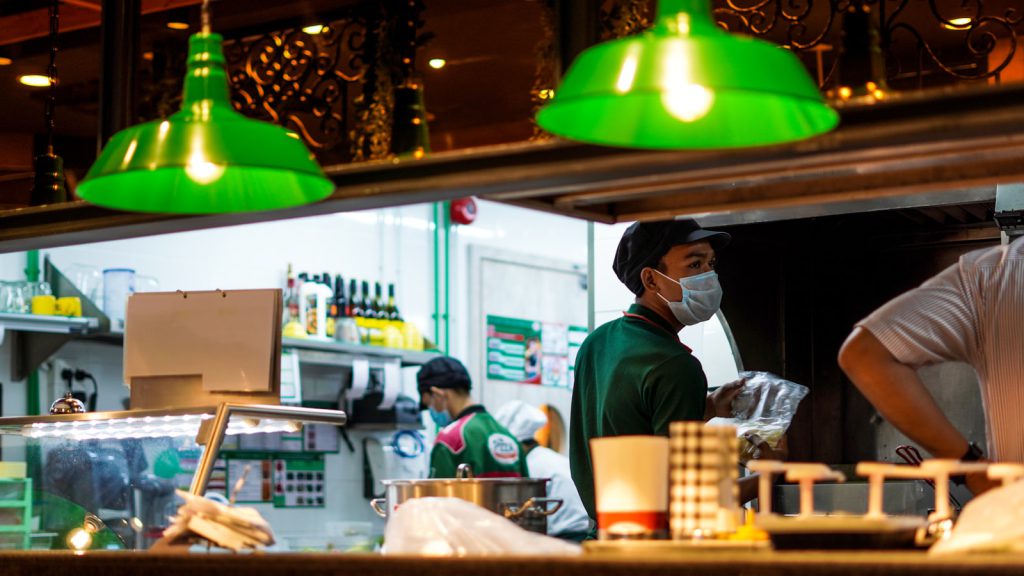
Setting Up Waste Management Systems
Waste Bins and Containers
Provide clearly labeled bins for different types of waste (e.g., food waste, recyclables, general waste). Ensure bins are strategically placed and easily accessible to both guests and staff. The placement of bins is crucial to encourage proper waste disposal. Place bins near food and beverage stations, seating areas, and high-traffic zones to make it convenient for guests to dispose of their waste correctly.
When selecting bins, consider their size, durability, and ease of use. Ensure that bins are clearly labeled with signage indicating the type of waste they are intended for. Use different colors or icons to help guests quickly identify the correct bin. Additionally, provide instructions on what can and cannot be disposed of in each bin to avoid contamination. Regularly monitor and empty the bins to maintain cleanliness and prevent overflow.
Composting Facilities
If possible, set up composting facilities for organic waste. This can significantly reduce the amount of waste sent to landfills and contribute to sustainable practices. Composting is an effective way to recycle food scraps and other organic materials into valuable compost that can be used to enrich soil. Identify a suitable location for composting on-site or partner with a local composting facility to handle the organic waste.
Ensure that composting bins are clearly labeled and provide information on what can be composted. Common compostable items include fruit and vegetable scraps, coffee grounds, and biodegradable plates and utensils. Educate staff and guests on the importance of composting and how to use the composting bins correctly. By implementing composting, you can divert a significant portion of waste from landfills and support sustainable waste management practices.
Recycling Stations
Establish recycling stations for materials like plastics, glass, and metals. Work with local recycling companies to ensure proper collection and processing. Recycling is a key component of waste management, and setting up dedicated recycling stations helps in efficiently sorting and processing recyclable materials.
Place recycling stations in convenient locations and ensure they are clearly marked with signage indicating what materials can be recycled. Provide separate bins for different types of recyclables to prevent contamination. Work with local recycling companies to arrange for regular collection and ensure that the recyclables are processed correctly. By establishing recycling stations, you can reduce the environmental impact of your event and promote sustainable practices among guests and staff.

Educating Staff and Guests
Staff Training
Train staff on proper waste management practices, including waste segregation, handling hazardous materials, and maintaining cleanliness. Provide clear instructions and ongoing support. Staff play a crucial role in implementing waste management strategies, and proper training is essential to ensure they understand and follow the procedures.
Start by providing an overview of the waste management plan and the importance of waste segregation. Conduct hands-on training sessions to demonstrate the correct use of waste bins, handling hazardous materials, and addressing spills and other emergencies. Provide written guidelines and checklists to reinforce the training and ensure consistency. Additionally, assign specific roles and responsibilities to staff members to ensure accountability and effective execution of the waste management plan.
Guest Awareness
Inform guests about your waste management efforts through signage, announcements, and information materials. Encourage them to participate by using designated bins correctly. Guest participation is crucial for the success of your waste management plan, and effective communication helps in achieving this.
Use clear and visible signage to inform guests about the different types of waste bins and their locations. Include instructions on what can and cannot be disposed of in each bin. Make announcements during the event to remind guests to use the bins correctly and highlight the importance of waste segregation and recycling. Provide information materials, such as brochures or flyers, that explain your waste management efforts and how guests can contribute. By raising awareness and encouraging participation, you can create a more sustainable and enjoyable event for everyone.
What to Monitor During the Event
Assign staff to monitor waste collection points regularly, ensuring bins are not overflowing and the area remains clean. Replace full bins promptly to maintain hygiene. Continuous monitoring is essential to ensure that waste management systems are functioning effectively during the event.
Designate specific staff members to oversee waste collection points and check the bins periodically. Use checklists and schedules to ensure that monitoring is consistent and thorough. When bins are nearing capacity, replace them with empty ones to prevent overflow and maintain cleanliness. Additionally, monitor the surrounding areas for any litter or spills and address them promptly to ensure a clean and safe environment for guests.
Spill and Hazard Management
Prepare for potential spills and hazards by having cleaning supplies and safety equipment readily available. Train staff on quick response techniques to address issues immediately. Spills and hazards can occur during any event, and being prepared to handle them quickly and efficiently is crucial to maintaining a safe environment for guests and staff.
- Firstly, ensure that cleaning supplies such as absorbent materials, disinfectants, mops, and buckets are readily accessible. Place spill kits in strategic locations around the site, particularly near areas where food and beverages are served. These kits should include gloves, absorbent pads, disinfectants, and waste bags.
- Secondly, train your staff on proper spill response procedures. Conduct regular training sessions to demonstrate how to safely and effectively clean up spills, including the use of personal protective equipment (PPE) to prevent contamination and injury. Staff should be aware of the potential hazards associated with different types of spills, such as hot liquids, sharp objects, and slippery surfaces.
- Thirdly, establish a clear protocol for reporting and addressing hazards. Encourage staff to report any spills or potential hazards immediately to ensure prompt action. Designate specific team members responsible for hazard management, and equip them with the necessary tools and knowledge to handle various situations.
In addition to handling spills, staff should be trained to manage other potential hazards, such as broken glass, sharp objects, and hazardous materials. Provide clear guidelines on how to safely dispose of these items to prevent injuries and contamination. Regularly inspect the site for potential hazards and take proactive measures to address them before they become issues.
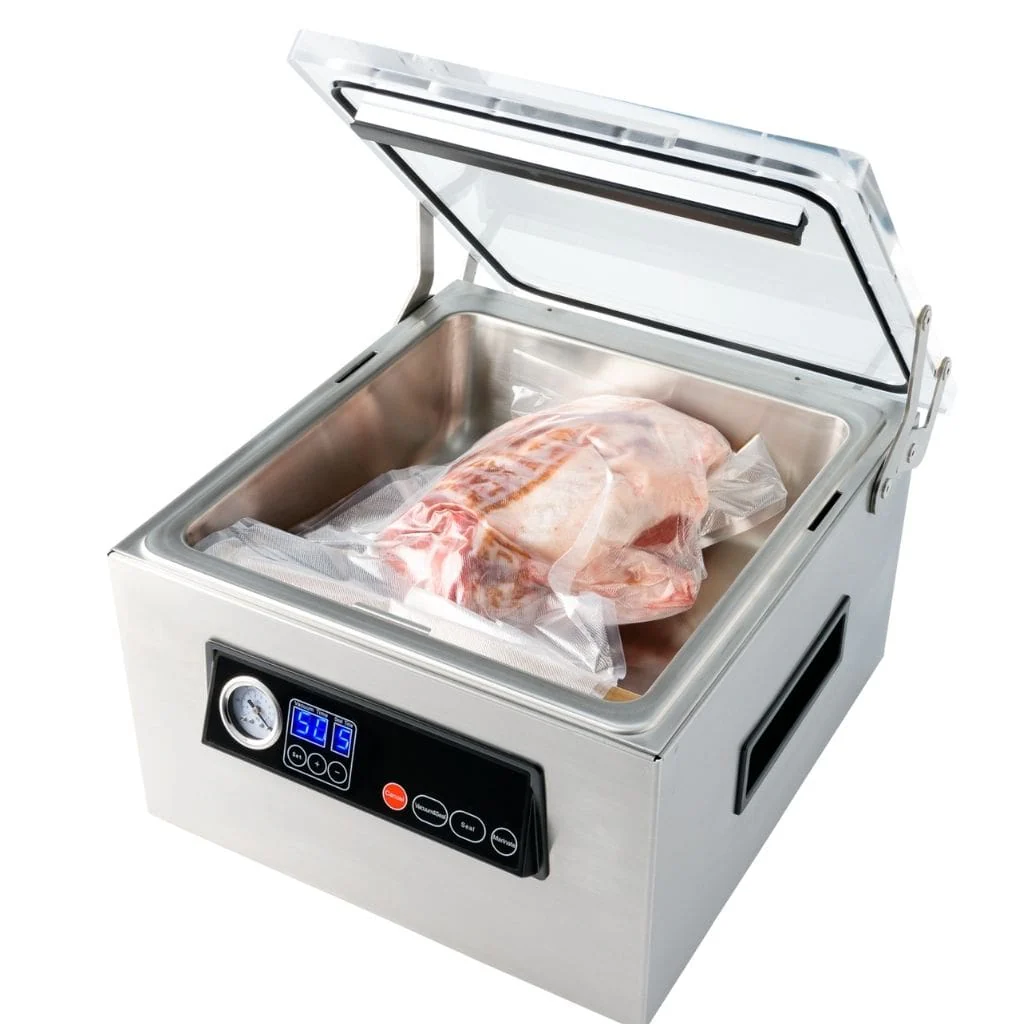
Real-Time Adjustments
Be prepared to make real-time adjustments to your waste management plan based on the flow of the event and feedback from staff and guests. The dynamic nature of live events means that situations can change rapidly, and being able to adapt your waste management strategies is key to maintaining efficiency and cleanliness.
Monitor the event continuously to identify any areas where adjustments are needed. For example, if you notice that certain waste bins are filling up faster than anticipated, consider deploying additional bins or increasing the frequency of waste collection. Similarly, if guests are not using the bins correctly, provide additional signage or staff assistance to guide them.
Gather feedback from staff and guests throughout the event to identify any issues or areas for improvement. Use this feedback to make informed decisions and real-time adjustments. For instance, if guests are experiencing difficulty finding recycling stations, consider relocating or adding more stations to improve accessibility.
Effective communication is also crucial for making real-time adjustments. Ensure that staff have a clear line of communication with supervisors and other team members to report issues and request additional resources as needed. Use radios, mobile phones, or other communication tools to facilitate quick and efficient coordination.
By being proactive and responsive to the needs of the event, you can ensure that your waste management systems remain effective and that the site stays clean and safe for all attendees.
Post-Event Clean-Up Process
Plan for efficient waste removal at the end of the event. Coordinate with waste disposal services to ensure timely collection and proper disposal of all waste. Efficient waste removal is essential to restore the site to its original condition and to ensure that waste is disposed of in an environmentally responsible manner.
Efficient Waste Removal
Start by developing a post-event clean-up plan that outlines the steps and resources needed for efficient waste removal. Assign specific tasks to staff members, such as collecting and emptying bins, cleaning up litter, and dismantling temporary waste management stations. Ensure that everyone is aware of their responsibilities and the timeline for completing each task.
Coordinate with local waste disposal services to arrange for the timely collection of waste. Provide them with an estimate of the volume and types of waste generated during the event to ensure they are prepared with the necessary resources. If possible, schedule multiple pick-up times to accommodate the large volume of waste and to prevent overflow.
Use appropriate equipment and vehicles for waste removal. For large events, consider renting additional waste collection equipment, such as dumpsters or compactors, to handle the increased volume. Ensure that waste is transported safely and securely to prevent spills and contamination during transit.
Site Restoration
Conduct a thorough clean-up of the site, ensuring all waste is removed, and the area is restored to its original condition. Check for any remaining hazards or spills. Site restoration is an important step to ensure that the venue is left in a clean and safe state and that it meets the expectations of the venue owners or operators.
Start by conducting a final walk-through of the site to identify any remaining waste, litter, or hazards. Use a checklist to ensure that all areas are covered, including high-traffic zones, food and beverage stations, and seating areas. Collect any remaining waste and dispose of it properly.
Pay special attention to areas where spills or stains may have occurred. Use appropriate cleaning products and techniques to remove stains and disinfect surfaces. Ensure that any hazardous materials, such as broken glass or sharp objects, are safely collected and disposed of.
Finally, restore the site to its original condition by removing any temporary structures, such as waste bins or composting stations. Ensure that all equipment and supplies are collected and stored properly. Conduct a final inspection to verify that the site is clean and free of hazards.
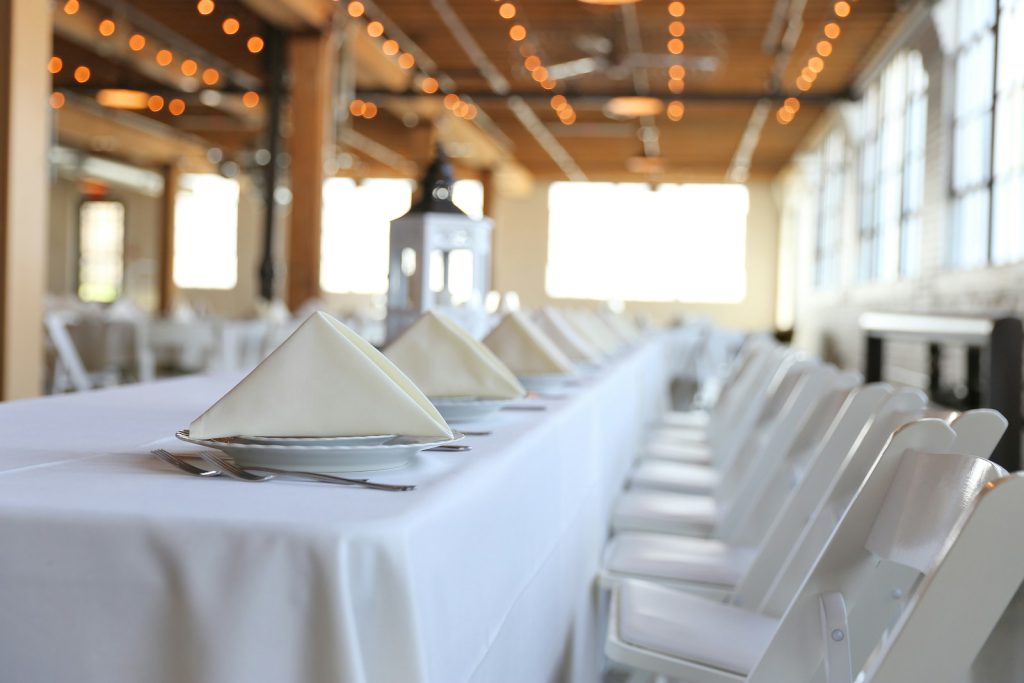
Post-Event Evaluation
Evaluate the effectiveness of your waste management plan. Gather feedback from staff and guests, and identify areas for improvement in future events. Post-event evaluation is crucial to learn from the experience and to enhance your waste management practices for future events.
Start by conducting a debriefing session with your staff to gather their feedback on what worked well and what could be improved. Discuss any challenges or issues encountered during the event and identify potential solutions. Use this feedback to refine your waste management plan and to develop new strategies for future events.
Collect feedback from guests through surveys or comment cards. Ask about their experience with the waste management systems, including the availability and accessibility of waste bins, the clarity of signage, and their overall impression of the event’s cleanliness. Use this feedback to gauge the effectiveness of your waste management efforts and to identify areas for improvement.
Analyze the data collected during the event, such as the volume and types of waste generated, the frequency of waste collection, and the number of spills or hazards addressed. Use this data to assess the performance of your waste management systems and to identify trends or patterns that can inform future planning.
By conducting a thorough post-event evaluation, you can continuously improve your waste management practices and ensure that your events are sustainable, clean, and enjoyable for all attendees.
Sustainability Practices to Opt for
Minimize the use of single-use items like plastic cutlery, plates, and cups. Opt for reusable or biodegradable alternatives to reduce waste. Reducing single-use items is one of the most effective ways to minimize waste at your BBQ catering events.
Reducing Single-Use Items
Start by identifying the single-use items commonly used at your events and explore alternatives. For example, replace plastic cutlery with reusable metal or biodegradable wooden options. Use compostable plates and cups made from materials like paper, bamboo, or palm leaves. These alternatives not only reduce waste but also demonstrate your commitment to sustainability.
Encourage guests to bring their own reusable items, such as water bottles, cups, and cutlery. Provide incentives or discounts to guests who participate in these efforts. Communicate the benefits of using reusable items, such as reducing environmental impact and supporting sustainable practices.
Work with suppliers and vendors to source sustainable products and packaging. Choose suppliers who prioritize eco-friendly materials and practices. For example, opt for locally sourced and organic food items to reduce the carbon footprint associated with transportation and production.
Partnering with Sustainable Vendors
Work with vendors and suppliers who prioritize sustainability. This can include sourcing locally produced food, using eco-friendly packaging, and supporting recycling initiatives. Partnering with sustainable vendors helps to align your waste management practices with broader environmental goals and ensures that your entire supply chain supports sustainability.
Start by researching and selecting vendors who share your commitment to sustainability. Look for vendors who use eco-friendly packaging, source local and organic ingredients, and implement sustainable practices in their operations. Collaborate with these vendors to ensure that their products and services align with your waste management goals.
Communicate your sustainability expectations to all vendors and suppliers. Provide clear guidelines on packaging requirements, waste reduction strategies, and recycling initiatives. Encourage vendors to adopt sustainable practices and to provide feedback on how they can support your waste management efforts.
Support local businesses and suppliers to reduce the environmental impact associated with transportation and to promote the local economy. Local sourcing not only reduces carbon emissions but also ensures fresher and higher-quality products for your events.
Continuous Improvement
Commit to continuous improvement in your waste management practices. Stay updated on new technologies and methods to enhance sustainability in your BBQ catering operations. Continuous improvement is essential to stay ahead of evolving environmental standards and to implement the most effective waste management strategies.
Regularly review and update your waste management plan to incorporate new technologies and best practices. For example, explore advanced composting systems, energy-efficient waste collection equipment, and innovative recycling methods. Stay informed about industry trends and developments through research, training, and networking with other professionals.
Set measurable goals and targets for waste reduction, recycling rates, and sustainability initiatives. Monitor your progress and use data to evaluate the effectiveness of your strategies. Celebrate achievements and identify areas for improvement to ensure ongoing commitment to sustainability. Engage with staff, guests, and vendors to foster a culture of sustainability and continuous improvement. Encourage feedback and suggestions on how to enhance your waste management practices. By involving all stakeholders, you can create a collaborative and supportive environment for achieving your sustainability goals.
Conclusion
Effective waste management and clean-up are integral to the success of on-site BBQ catering events. By planning meticulously, educating staff and guests, and adopting sustainable practices, you can ensure a clean, safe, and environmentally friendly event. Implementing these strategies will not only enhance your reputation but also contribute to a healthier planet


